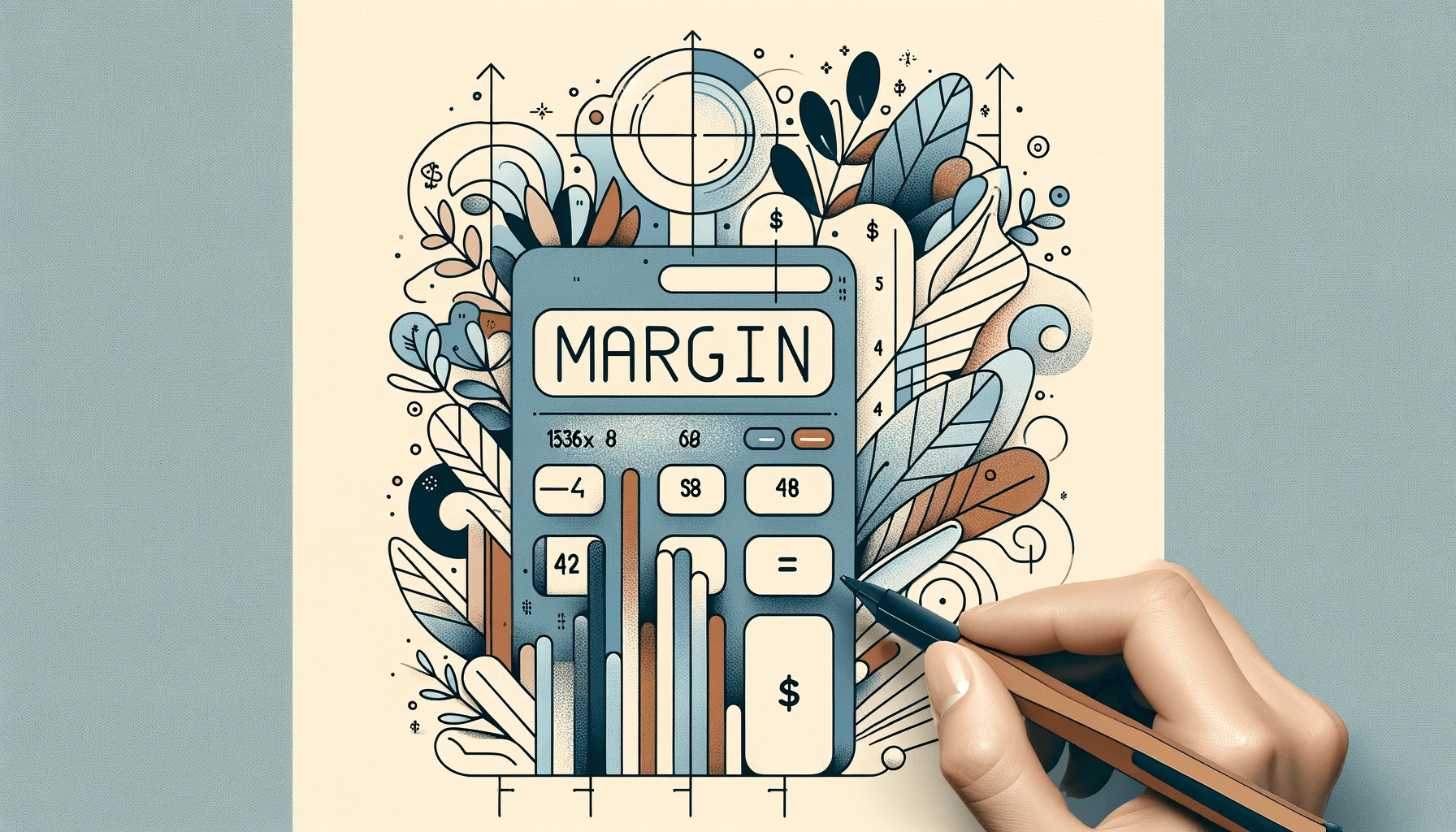In today’s business and financial environments, profit margins are a cornerstone of sustainable operations. A Margin Calculator is a specialized tool designed to simplify determining how much of a product’s selling price goes toward covering costs and how much remains as profit. Whether in retail, wholesale, manufacturing, or services, the ability to calculate margins quickly and accurately can guide better pricing decisions and enhance a company’s profitability. Below is a comprehensive overview of margin calculation, why it matters, and how a dedicated calculator supports informed strategy.
What Is Margin?
A margin measures the difference between the cost of a product (or service) and its selling price, expressed as a percentage of that selling price. This figure reveals how effectively a company converts costs into profits. There are multiple margin types—gross margin and net margin—but generally, they all revolve around the relationship between revenue, costs, and profit.
Core Reasons for Focusing on Margin:
- Profit Indicator: Higher margins often reflect stronger profitability and more pricing power in the market.
- Cash Flow Health: Adequate margins ensure a business remains viable, covering not just direct costs but also overhead and operational expenses.
- Strategic Leverage: Companies with healthier margins can invest more in innovation, marketing, or customer support, further separating themselves from lower-margin competitors.
Why a Margin Calculator Matters
- Speed and Accuracy: Manual calculations can make mistakes, especially when analyzing multiple products or services. An automated calculator ensures fast, reliable outputs.
- Pricing Decisions: Understanding margins helps businesses decide whether to raise prices, reduce costs, or reevaluate a product line.
- Competitive Insight: A business can determine whether it is ahead or behind competitors by comparing actual margins to industry averages.
- Resource Allocation: Products or segments with consistently low margins might warrant trimming or strategic changes, while higher-margin lines could receive more promotional focus.
Key Inputs for Margin Calculation
A Margin Calculator typically requests:
- Cost of Goods Sold (COGS): The direct cost to produce or purchase an item, including materials and labor.
- Selling Price: The final price at which the customer buys the product or service.
With these two fundamental values, the calculator outputs the margin percentage, showing what portion of the selling price is profit after covering direct costs.
Differentiating Margin from Markup
Although margin and markup both relate to cost and price, they offer different viewpoints:
- Margin: Centered on the final selling price. The margin percentage indicates profit as a share of this price.
- Markup: Focused on cost. The markup percentage tells how much the cost is marked up to reach the selling price.
Confusing one measure with the other can lead to mispricing or misunderstandings about true profitability.
Advantages of a Margin Calculator
- Rapid Decision-Making: Users can plug in current or hypothetical data (e.g., new cost scenarios) to see how small shifts affect profit margins.
- Reduced Mistakes: Automated calculations prevent errors caused by rushed manual math in fast-paced business environments.
- Scenario Comparison: Managers can quickly gauge the profitability difference by adjusting cost inputs or adding new product lines.
- Education and Clarity: For startups and small businesses, a margin calculator clarifies the relationship between cost, price, and profit, guiding more informed business models.
Typical Applications
- Retail and E-commerce: Merchants track how cost fluctuations (supplier changes, shipping fees) affect item margins.
- Manufacturing: Producers assess whether changes in raw material prices or labor rates erode margins, prompting price updates or cost-saving measures.
- Food and Beverage: Restaurants and cafes monitor menu item margins to maintain profitability amid varying ingredient costs.
- Service-Based Businesses: While less tangible than product costs, service-oriented companies also have direct labor or software costs that can be factored in to maintain healthy margins.
Challenges and Considerations
- Hidden Costs: Some tools only account for COGS, ignoring overhead like rent, utilities, or marketing spending. Businesses with significant indirect costs need more profound analysis.
- Bulk Discounts or Tiered Pricing: If a company offers volume-based pricing, margins can shift depending on order size, requiring flexible calculator inputs.
- Global Operations: Currency conversions or different tax regimes complicate margin calculations for businesses operating internationally.
- Dynamic Pricing: In markets where prices fluctuate (e.g., commodity-based goods), margin calculations might need regular updates to remain valid.
Using a Margin Calculator Effectively
- Gather Accurate Cost Data: Confirm direct expenses—like materials, labor, or inbound shipping—to avoid inflating or understating the margin.
- Validate Price Points: Enter the realistic selling price, factoring in competitor data and perceived customer value.
- Interpret Results: Assess if the derived margin aligns with targets. If it falls short, consider raising prices or reducing costs. If it exceeds benchmarks, investigate if a price reduction could capture more market share without severely impacting profit.
- Revisit Frequently: Recalculate margins to maintain relevant insights as supply costs or market conditions evolve. Ongoing monitoring prevents stale, irrelevant data.
Future Directions
- Integration with ERP Systems: Enterprise resource planning solutions could house live margin calculators, automatically updating costs or selling prices as the inputs change.
- Predictive Analytics: Advanced tools might forecast how potential new suppliers or shifting global economic conditions could alter future margins.
- AI-Enhanced Pricing: Intelligent algorithms could suggest optimal prices that balance margin goals against market demand, refining strategies in real time.
- Cross-Platform Mobility: Smartphone or web apps with margin calculators allow on-the-go updates and instant checks during supplier negotiations or industry expos.
Conclusion
A Margin Calculator stands out as a foundational tool for any enterprise aiming to maintain robust profitability and competitive edge. Highlighting the interplay between cost and selling price helps companies, from startups to large manufacturers, make data-driven decisions, adapt to cost changes, and sustain healthy profit margins over time. As commerce grows increasingly complex, these calculators will remain a linchpin for those seeking clarity, precision, and financial success in a fast-evolving marketplace.


